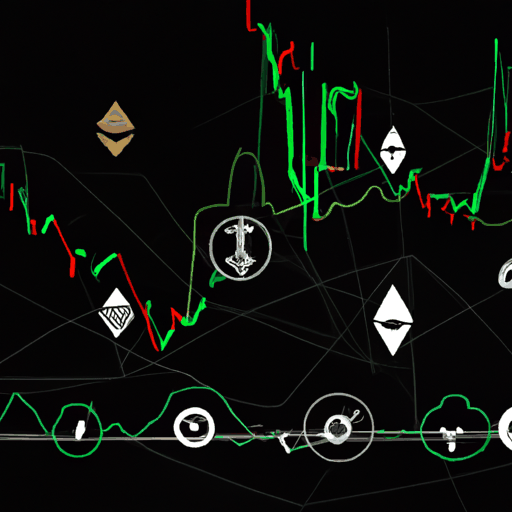
Crypto Market Rebounds Amidst Recent Volatility
By: Eliza Bennet
The cryptocurrency market witnessed a historic $19 billion liquidation over the past weekend, triggering a flash sell-off that sent shockwaves across the digital asset space. Bitcoin, XRP, Ethereum, and other major cryptocurrencies were caught in the downward spiral, with leveraged positions being forcibly closed. While the causes of this crash were manifold, ranging from potential market manipulation to geopolitical tensions, the market has shown resilience, rebounding significantly in the aftermath.
XRP's volatility was glaringly evident during this period, as it exhibited a beta of 2.5 times that of Bitcoin. The crash saw XRP plummet by approximately 15% before recovering 9% subsequently. This indicates that the market dynamics allowed XRP to react more aggressively to both declines and recoveries, primarily driven by short covering and market liquidity conditions. The broader crypto recovery was led by tokens built on Ethereum's Layer 2 solutions, like Mantle, which saw a 31% surge, and platforms like Arbitrum and Immutable also posted significant gains.
This dramatic liquidation event, which some industry commentators suggest was a coordinated attack, highlights the vulnerabilities in the trading systems of major exchanges. Binance, one of the world's largest crypto exchanges, faced technical glitches during the crash, and its collateral system was exploited. This exploitation allowed opportunistic traders to devalue leveraged positions on the platform, resulting in automatic liquidations. The incident has sparked discussions around the security and robustness of trading infrastructure in the crypto ecosystem.
Despite these challenges, the market's robust recovery indicates strong underlying demand and resilience among crypto investors. The recent volatility further underscores the importance of market participants calibrating their risk management strategies, especially in a market characterized by high leverage and rapid price movements. As the dust settles, traders and analysts will be watching macroeconomic indicators and technological advancements within the blockchain space to navigate potential future market fluctuations.



